Experience walking in Malawi
Walking in Malawi can be a fantastic way to explore the local culture. Walks on Lake Malawi's islands, and in towns can be arranged locally and you will usually be accompanied with a guide. Alternatively, for some more wilderness-based walking there are some nature trails to explore more forested environments.
Peacock Cichlid Safari
4 days • 1 location
LILONGWE AIRPORT TO LILONGWE AIRPORT
US$3,600 - US$4,480 per person
Kaya Mawa
From Kaya Mawa, on Likoma Island, you can take a gentle stroll through the village to visit the cathedral. Either walking alone, or with a locally arranged guide, Kaya Mawa is good for some light walking in Malawi.
Red Zebra Cichlid Safari
7 days • 2 locations
BLANTYRE AIRPORT TO LILONGWE AIRPORT
US$3,580 - US$4,500 per person
Pumulani
Walking at Pumulani is best with a guide, who can take you along the lake shore, near the hillside and into the nearby villages. For some variety, try the option of kayaking back along the lake after your walk.
Utaka Cichlid Safari
10 days • 3 locations
BLANTYRE AIRPORT TO LILONGWE AIRPORT
US$4,560 - US$5,700 per person
Pumulani
Walking at Pumulani is best with a guide, who can take you along the lake shore, near the hillside and into the nearby villages. For some variety, try the option of kayaking back along the lake after your walk.
Hyena Safari
11 days • 4 locations
VICTORIA FALLS AIRPORT TO LILONGWE AIRPORT
US$9,490 - US$11,910 per person
Kaya Mawa
From Kaya Mawa, on Likoma Island, you can take a gentle stroll through the village to visit the cathedral. Either walking alone, or with a locally arranged guide, Kaya Mawa is good for some light walking in Malawi.
1 of
Best camps & lodges for Scenic walking & hiking in Malawi
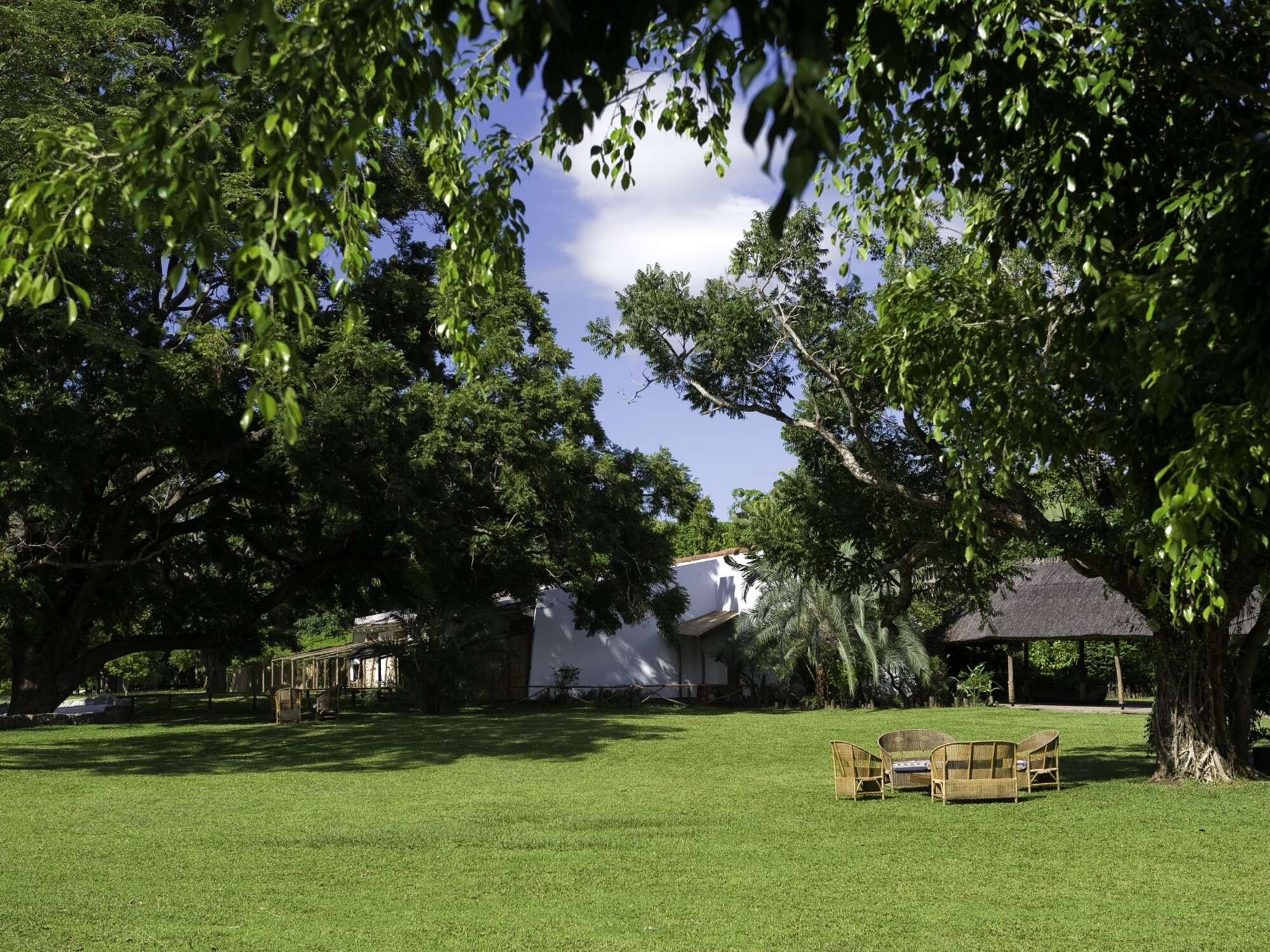
Chintheche Inn
The simple Chintheche Inn, owned and managed by Wilderness Safaris, is a relaxed beach lodge on the western shore of Lake Malawi. This northern part of the Malawi lakeshore is very green and lush, dotted with fishing villages and with endless sandy beaches.
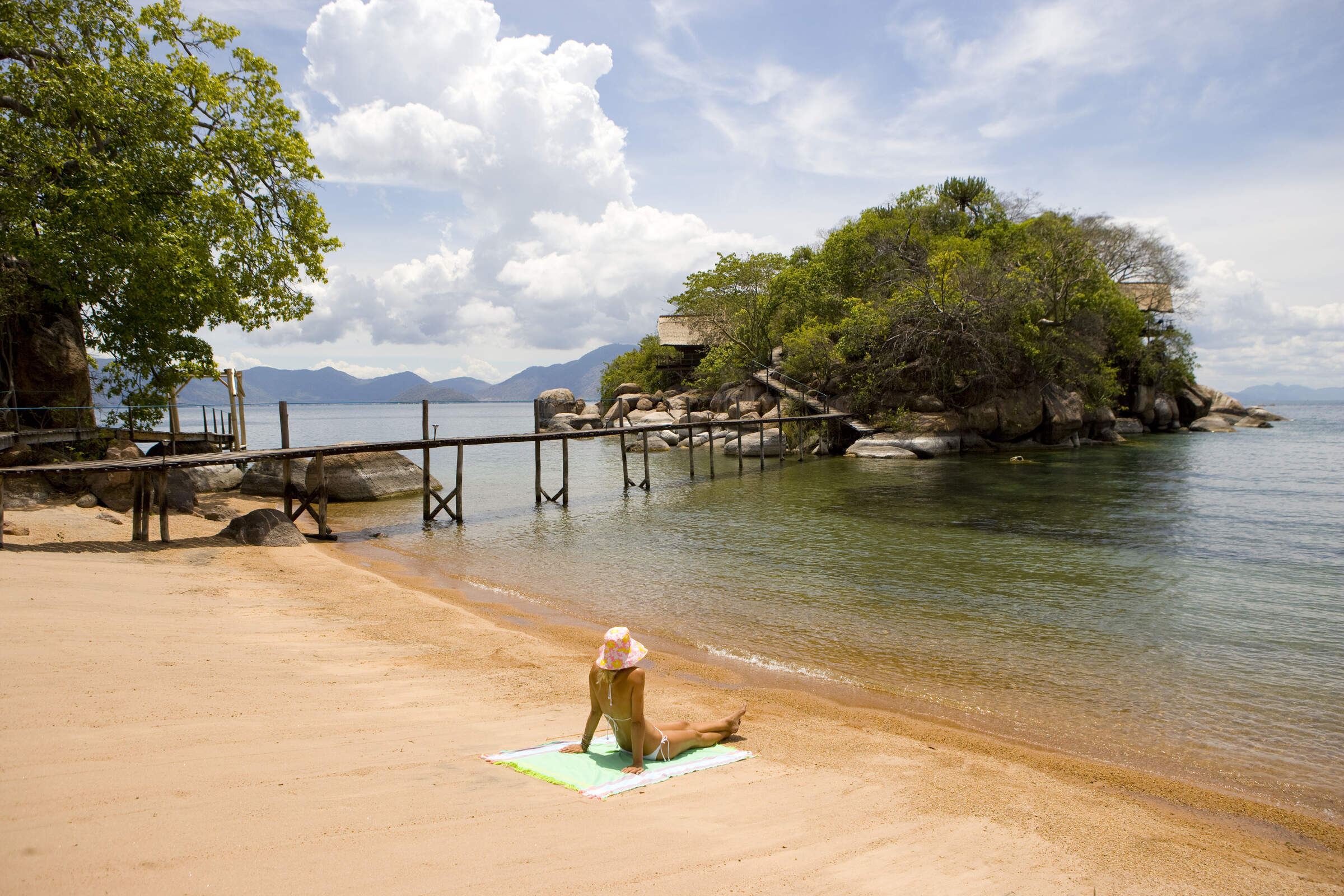
Mumbo Island
Mumbo Island is fantastic for waking in Malawi, with lots of well-marked nature trails around the huge granite boulders that cover the island. Some walks lead through heavily forested areas, others to places of interest, or panoramic viewpoints.
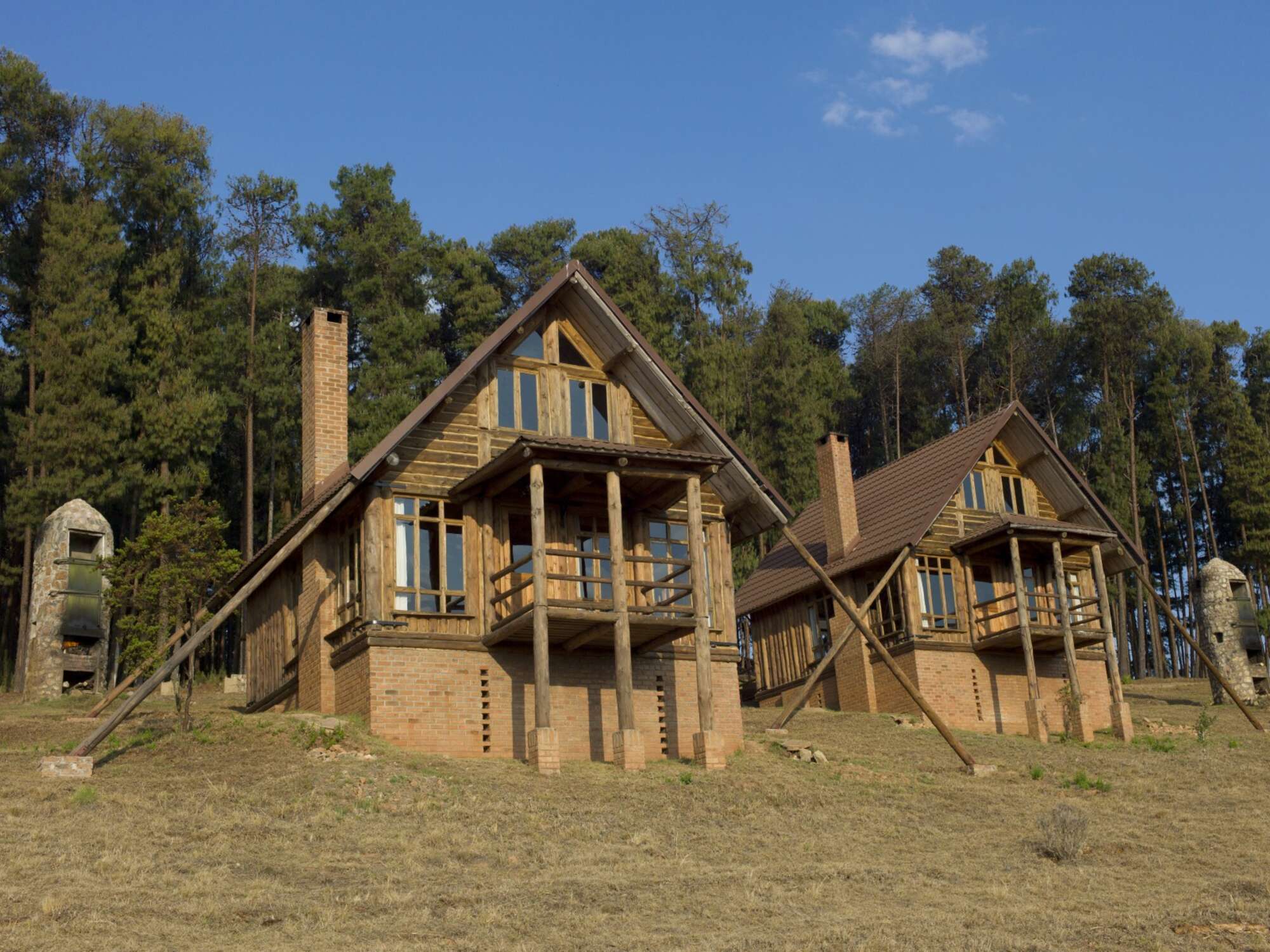
Chelinda Lodge
Chelinda offers guided walks through the Nyika Plateau, which focus on the huge range of flora. Chelinda can only be accessed by charter flight, but may appeal to those looking for some more serious walking in Malawi.
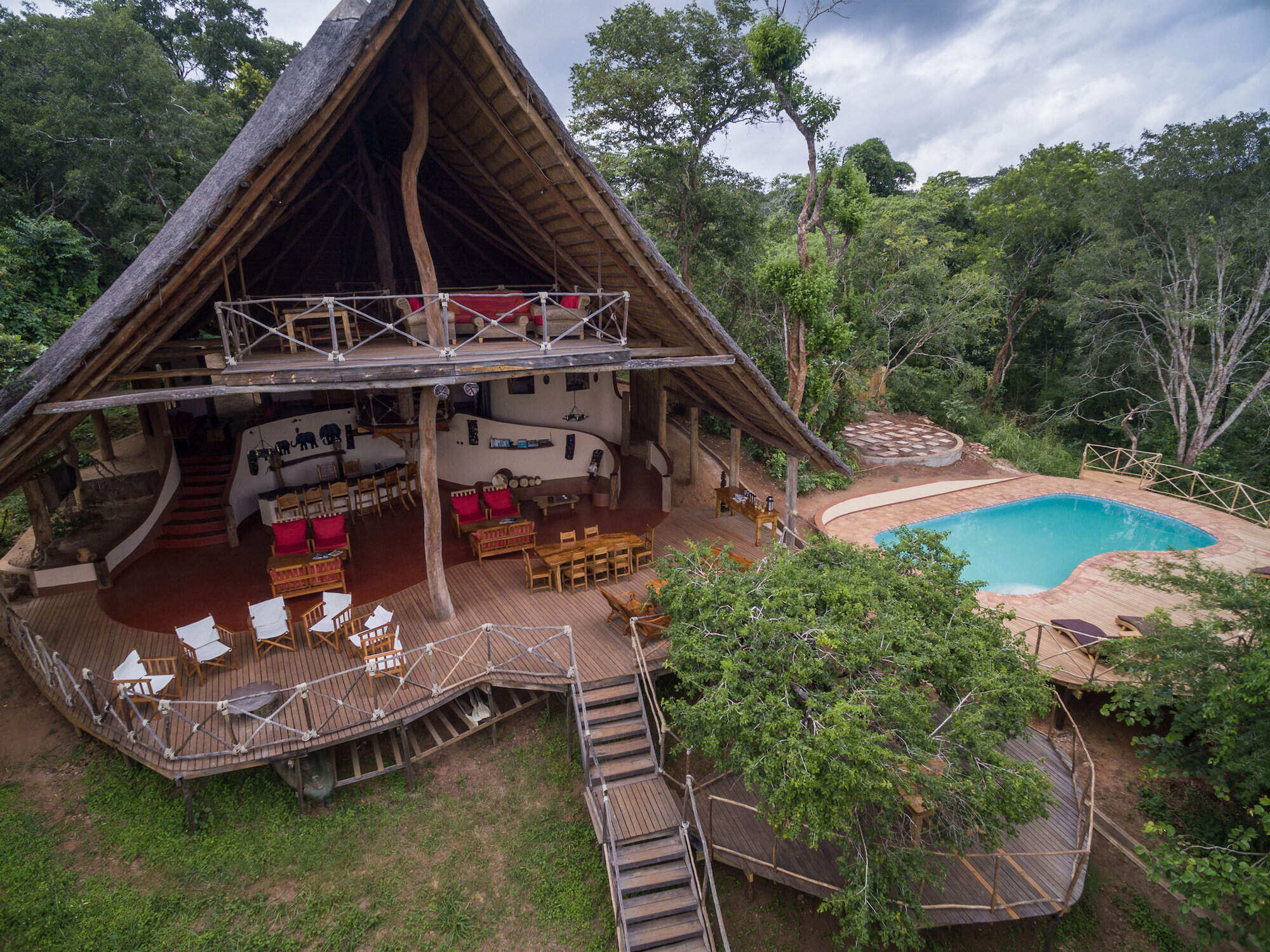
Tongole Wilderness Lodge
From Tongole Wilderness Lodge you can explore the rugged terrain of the remote Nkhotakota Wilderness Reserve, with its miombo woodland, rivers and patches of rainforest – an interesting option for walking in Malawi.

Kaya Mawa
From Kaya Mawa, on Likoma Island, you can take a gentle stroll through the village to visit the cathedral. Either walking alone, or with a locally arranged guide, Kaya Mawa is good for some light walking in Malawi.
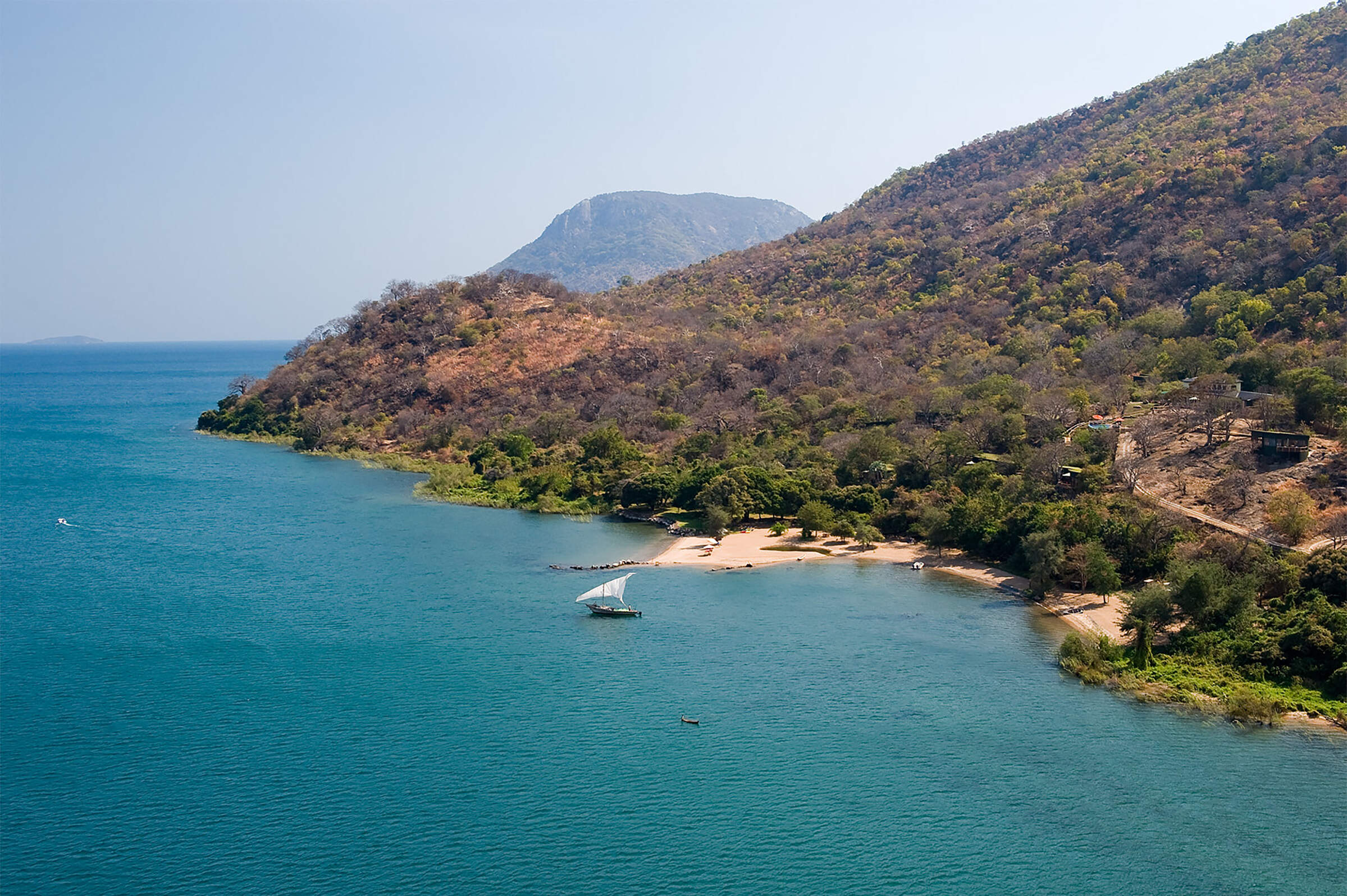
Pumulani
Walking at Pumulani is best with a guide, who can take you along the lake shore, near the hillside and into the nearby villages. For some variety, try the option of kayaking back along the lake after your walk.
Scenic walking & hiking elsewhere in Africa
Our top ideas and inspiration for Scenic walking & hiking in other countries.
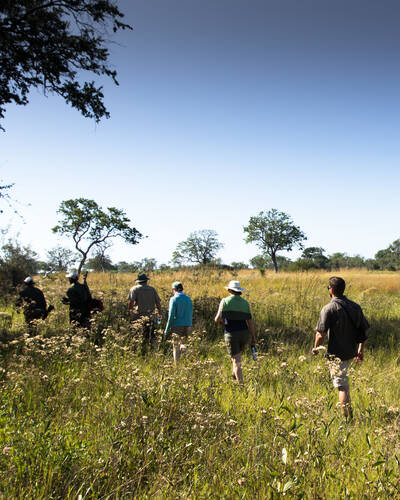
Botswana
The wildlife in Botswana is free to move across the country, which creates ample opportunity for ...
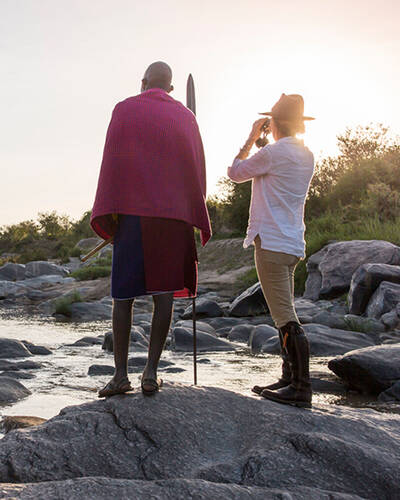
Kenya
Walking safaris in Kenya are a big part of its appeal, with the Mara Conservancies and Laikipia ...
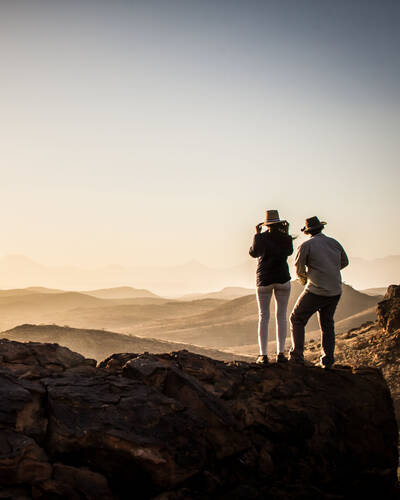
Namibia
Namibia offers some of Africa's best walking, from gentle wanders to challenging multi-day hikes ...
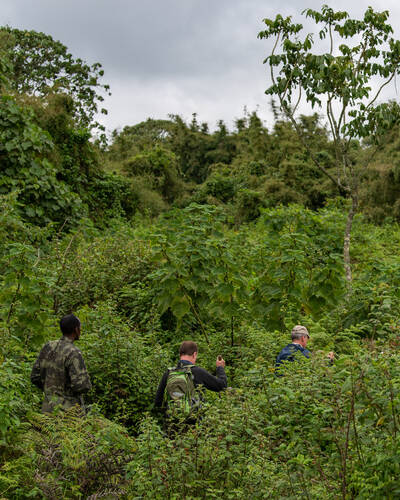
Rwanda
Walking in Rwanda is usually based around the spectacular gorilla trekking in Volcanoes National Park...
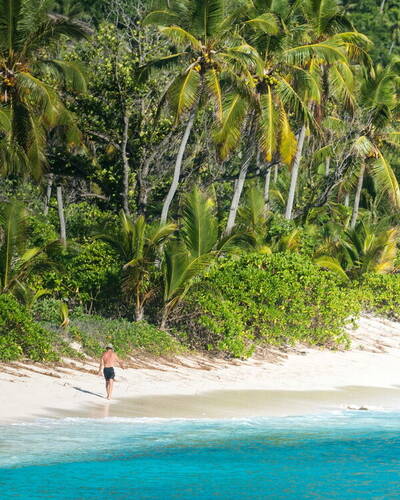
Seychelles
The sound of waves crashing on the shoreline, palm-fringed beaches and panoramic views over the ...
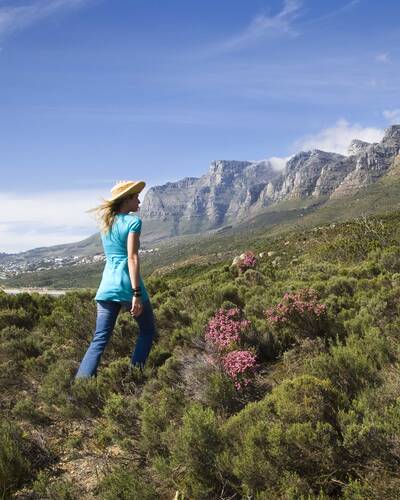
South Africa
South Africa boasts a variety of walking opportunities: gentle strolls along sandy beaches, self-guided ...
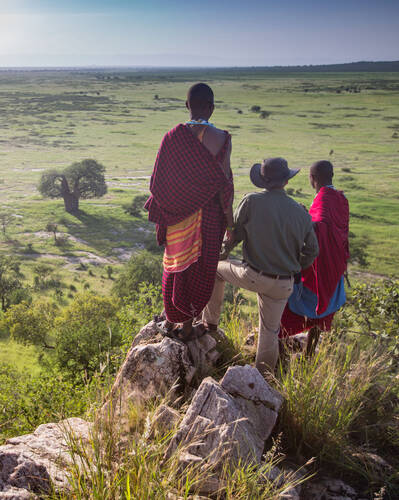
Tanzania
In Tanzania the walking is especially good in the area surrounding the Ngorongoro Crater, ranging ...
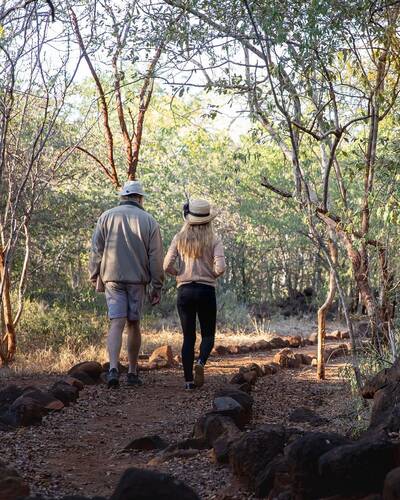
Zambia
With expertly trained guides and high concentrations of wildlife, Zambiais one of Africa's best ...
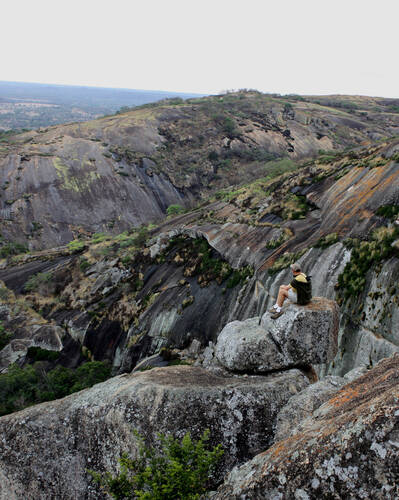
Zimbabwe
Take a walk on the wild side and explore Zimbabwe and its stunning scenery on foot. There are great ...
Where to see wildlife species in Malawi
Maximise the chances of seeing your favourite animals based on traveller sightings reports from the field.
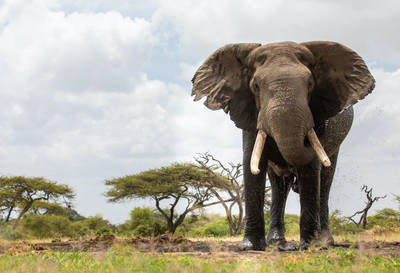
Elephant
Loxodonta africana
By far the biggest of the so-called Big Five – indeed, the largest land animal on the planet – the elephant shapes the very landscape it inhabits and is a defining presence on any safari.
91% SUCCESS
4,529 sightings from 4,979 observations
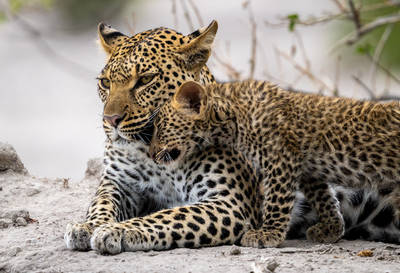
Leopard
Panthera pardus
The most numerous of Africa’s big cats, leopard occur across many habitats, from wild tracts to populated areas. Their grace and their elusive nature make them a unique safari drawcard.
47% SUCCESS
2,420 sightings from 5,147 observations
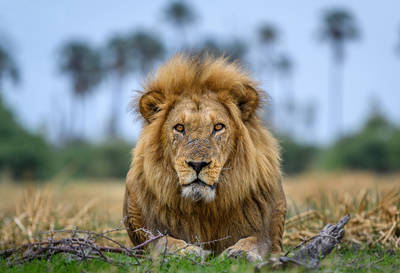
Lion
Panthera leo
Lions are at the top of the food chain and also most safari wish-lists, but with their numbers falling fast, any encounter with these majestic apex predators always feels like a privilege.
81% SUCCESS
3,755 sightings from 4,638 observations
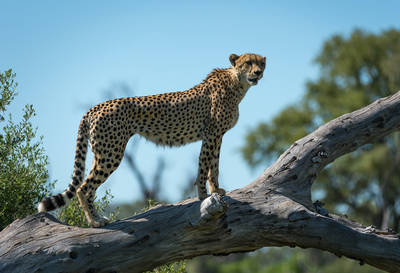
Cheetah
Acinonyx jubatus
The cheetah is the fastest land animal and the only cat that hunts by pure speed. Found largely in open grasslands, its slim, elegant form is today an increasingly rare sight.
33% SUCCESS
1,313 sightings from 3,945 observations
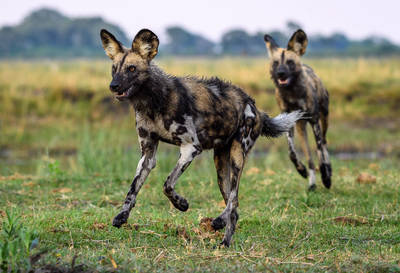
Wild dog
Lycaon pictus
African wild dogs are among the continent’s most compelling animals. Much misunderstood, these rare, tie-dyed canids are amazingly efficient hunters with a fascinating social life.
32% SUCCESS
1,074 sightings from 3,394 observations
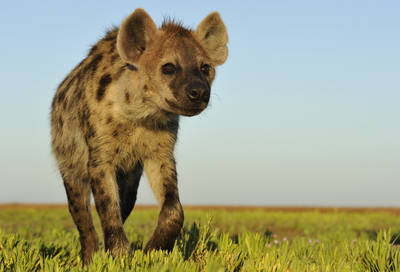
Spotted Hyena
Crocuta crocuta
The spotted hyena may be thought of as ‘ugly’ and ‘cowardly’. In fact, this versatile and intelligent carnivore is one of Africa’s most fascinating and warrants attention on any safari.
55% SUCCESS
2,677 sightings from 4,897 observations
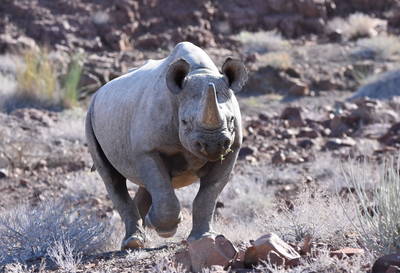
Black Rhino
Diceros bicornis
The black rhino is the smaller and rarer of Africa’s two rhino species but has the more fearsome reputation. Shy and heavily persecuted, it tends to stick to cover.
30% SUCCESS
766 sightings from 2,550 observations
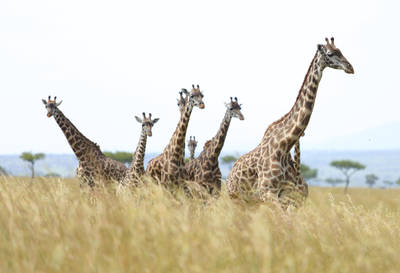
Giraffe
Giraffa camelopardalis
The world’s tallest land mammal, giraffes are herbivores which have evolved many unique adaptations. Their iconic outlines tower above the bush in many of Africa’s wildlife areas.
86% SUCCESS
4,365 sightings from 5,097 observations
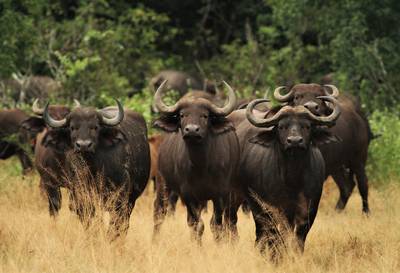
Buffalo
Syncerus caffer
One of the ‘Big Five’, buffalo earned a fearsome reputation in hunters’ tales. By contrast, big herds of these sociable bovids are placid, but mount formidable defences against predators.
83% SUCCESS
3,160 sightings from 3,814 observations
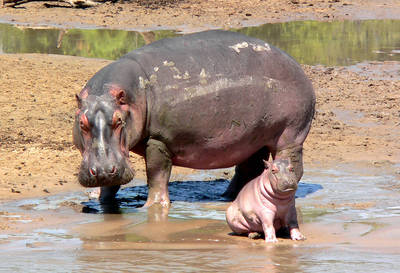
Hippo
Hippopotamus amphibius
The territorial calls of the hippo create a signature soundtrack to Africa’s rivers & wetlands. Despite an endearing smile, this aquatic herbivore has a notoriously aggressive disposition.
89% SUCCESS
3,299 sightings from 3,699 observations
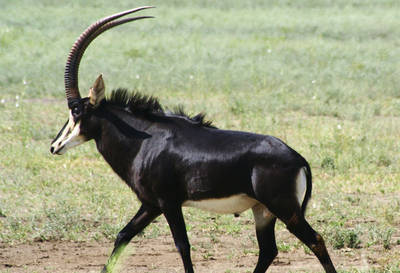
Sable antelope
Hippotragus niger
Perhaps Africa’s most beautiful antelope, sable are renowned for their combative nature, even holding off lions. Shy and restricted in range, sightings of sable are always special.
24% SUCCESS
593 sightings from 2,504 observations
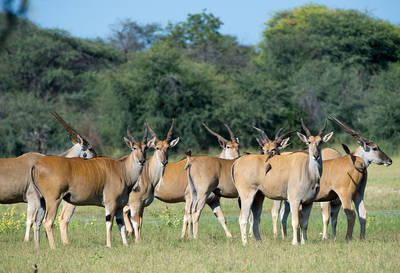
Eland
Taurotragus oryx
Africa’s largest antelope, eland are culturally important from prehistoric rock art to modern game farms. Though widespread, they are also shy so sightings are uncommon and often fleeting.
49% SUCCESS
1,788 sightings from 3,633 observations
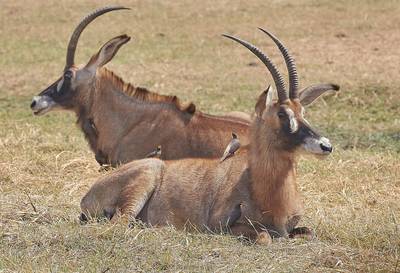
Roan antelope
Hippotragus equinus
Africa’s second largest antelope and one of its most handsome, with a powerful build and distinctive markings, roan are wary of people, but renowned for their bravery against predators.
25% SUCCESS
612 sightings from 2,489 observations
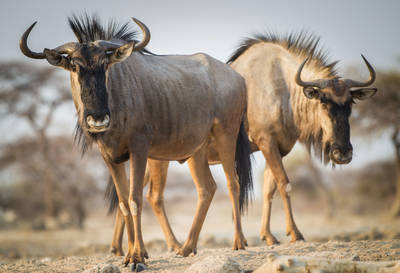
Wildebeest
Connochaetes sp.
Superficially bovine in appearance, wildebeests are known for their spectacular migrations sometimes in huge numbers. These resilient animals are some of Africa’s most successful herbivores.
67% SUCCESS
3,065 sightings from 4,547 observations
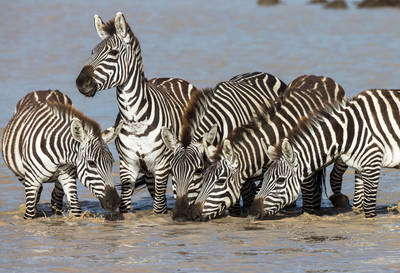
Zebra
Equus sp.
The zebra is a quintessential African animal: the horse in stripy pyjamas at the end of every child’s A–Z. There are three species, of which the plains zebra is much the most common.
84% SUCCESS
4,752 sightings from 5,654 observations
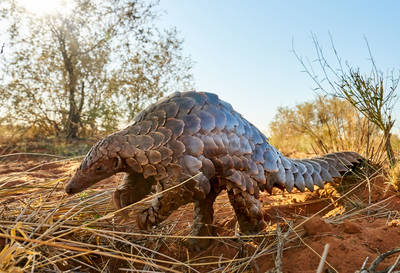
Pangolin
Smutsia sp.
Pangolins appear to be more pine cone than animal in their unique armoury of scales. These nocturnal, ant-eating oddities are not only highly elusive but also increasingly rare.
2% SUCCESS
70 sightings from 4,114 observations
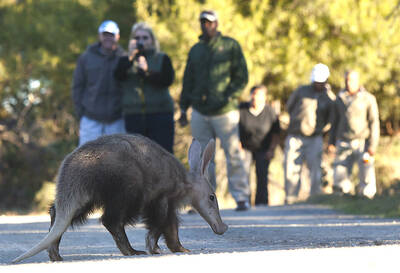
Aardvark
Orycteropus afer
The aardvark is one of Africa’s most bizarre and enigmatic animals. A shy, nocturnal termite-eater, signs of its presence may be scattered about the bush whilst sightings remain elusive.
2% SUCCESS
83 sightings from 4,069 observations

Looking for inspiration on where to travel next?
Visit our trip chooser to explore your options and find inspiration for your perfect African adventure
Inspire meOther styles of holiday in Malawi
Discover all that Malawi has to offer
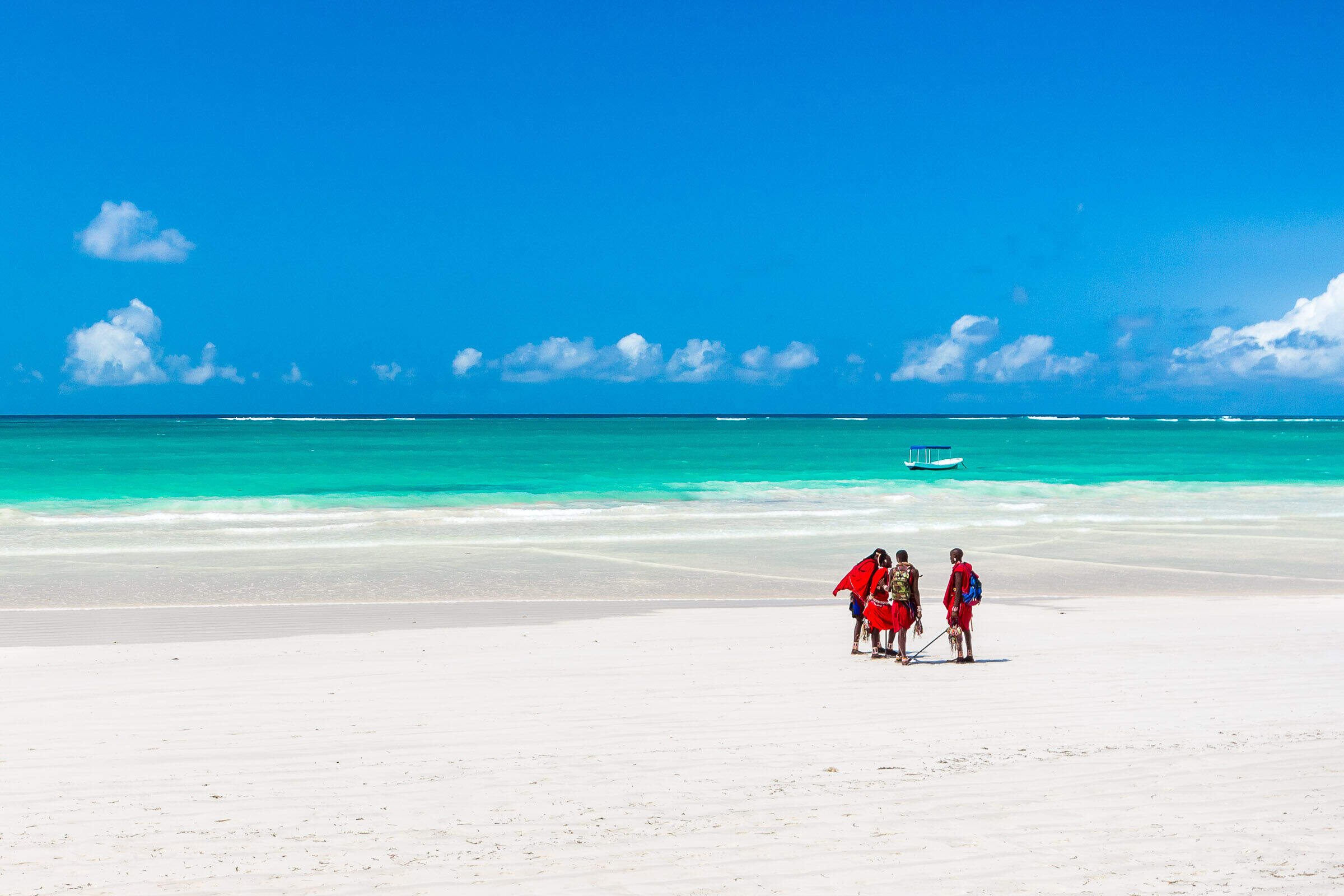
Beach holidays
Discover Africa's coast and tropical islands.
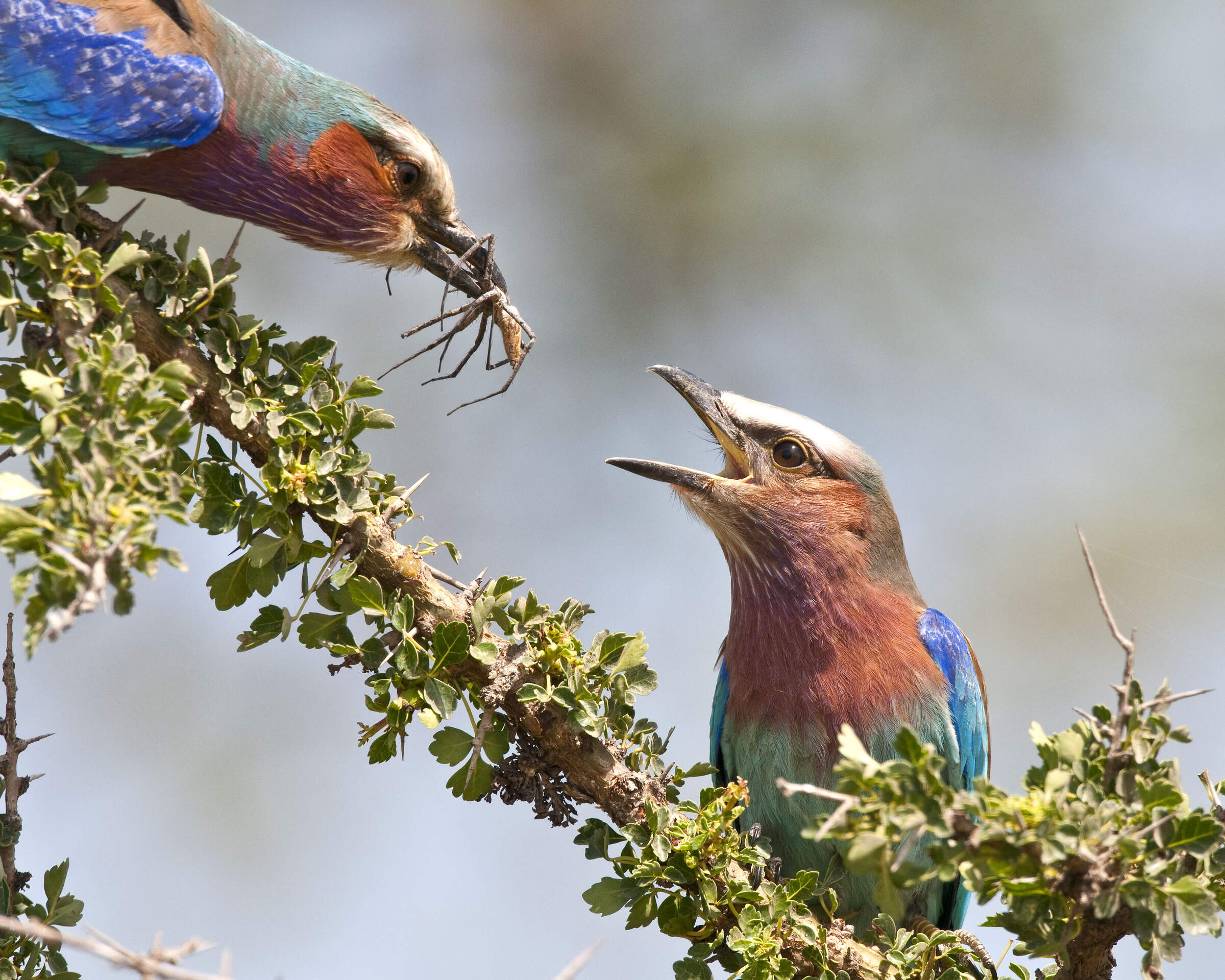
Birdwatching safaris
Diverse habitats, discreet hides and superb guiding.
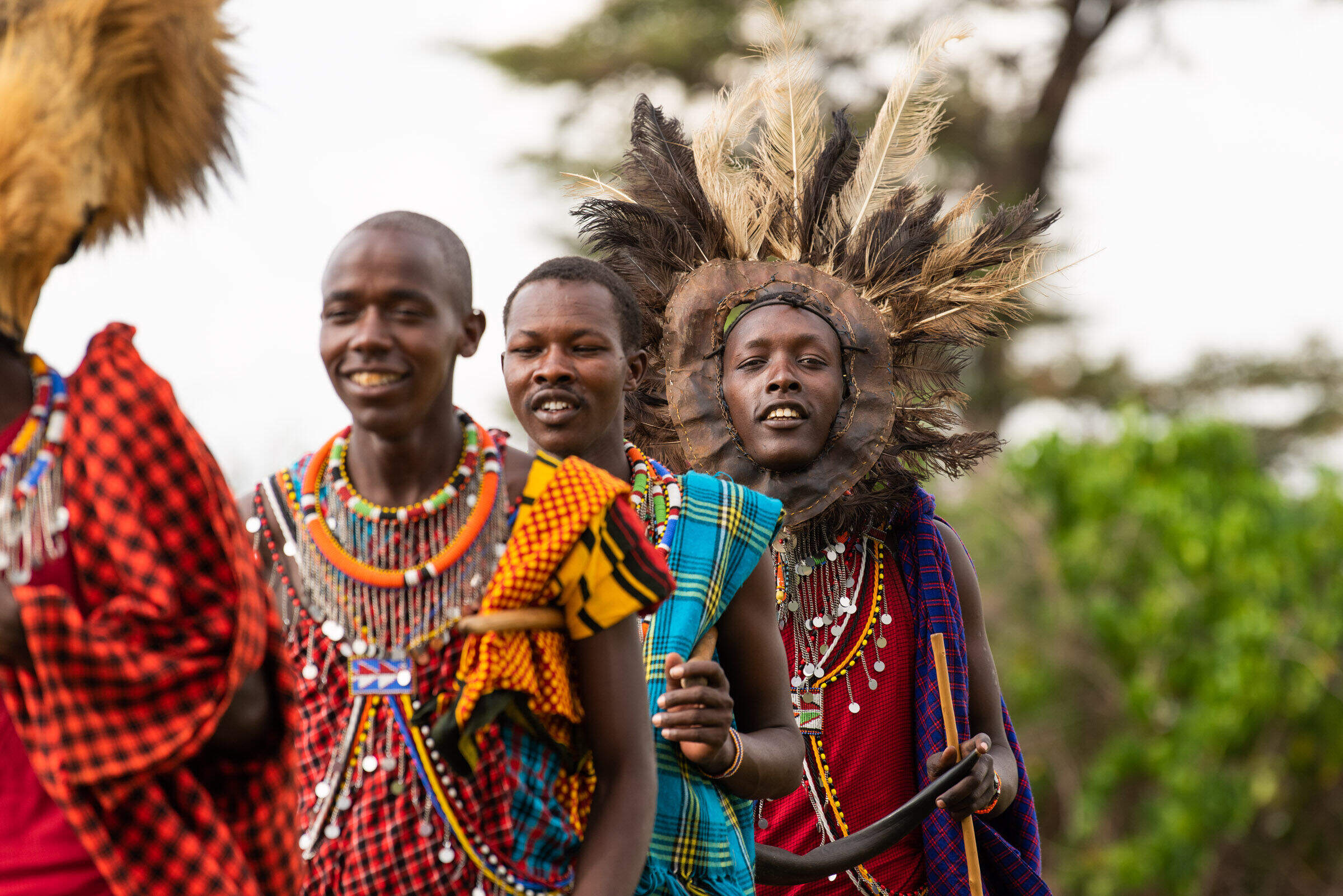
Cultural Experiences
Get authentic insight into Africa's cultures, communities and history.
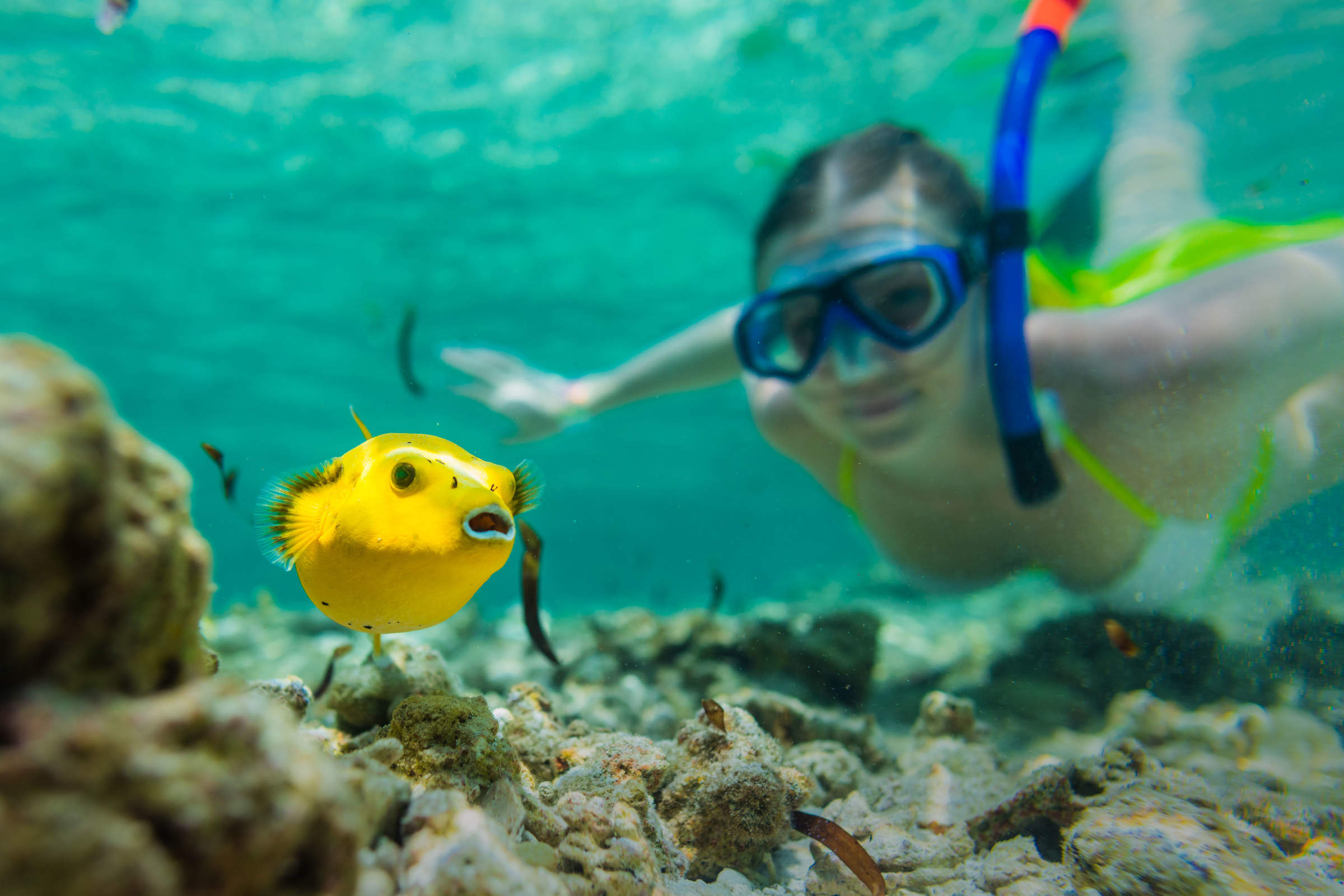
Diving & snorkelling holidays
Find captivating marine life beneath the waves
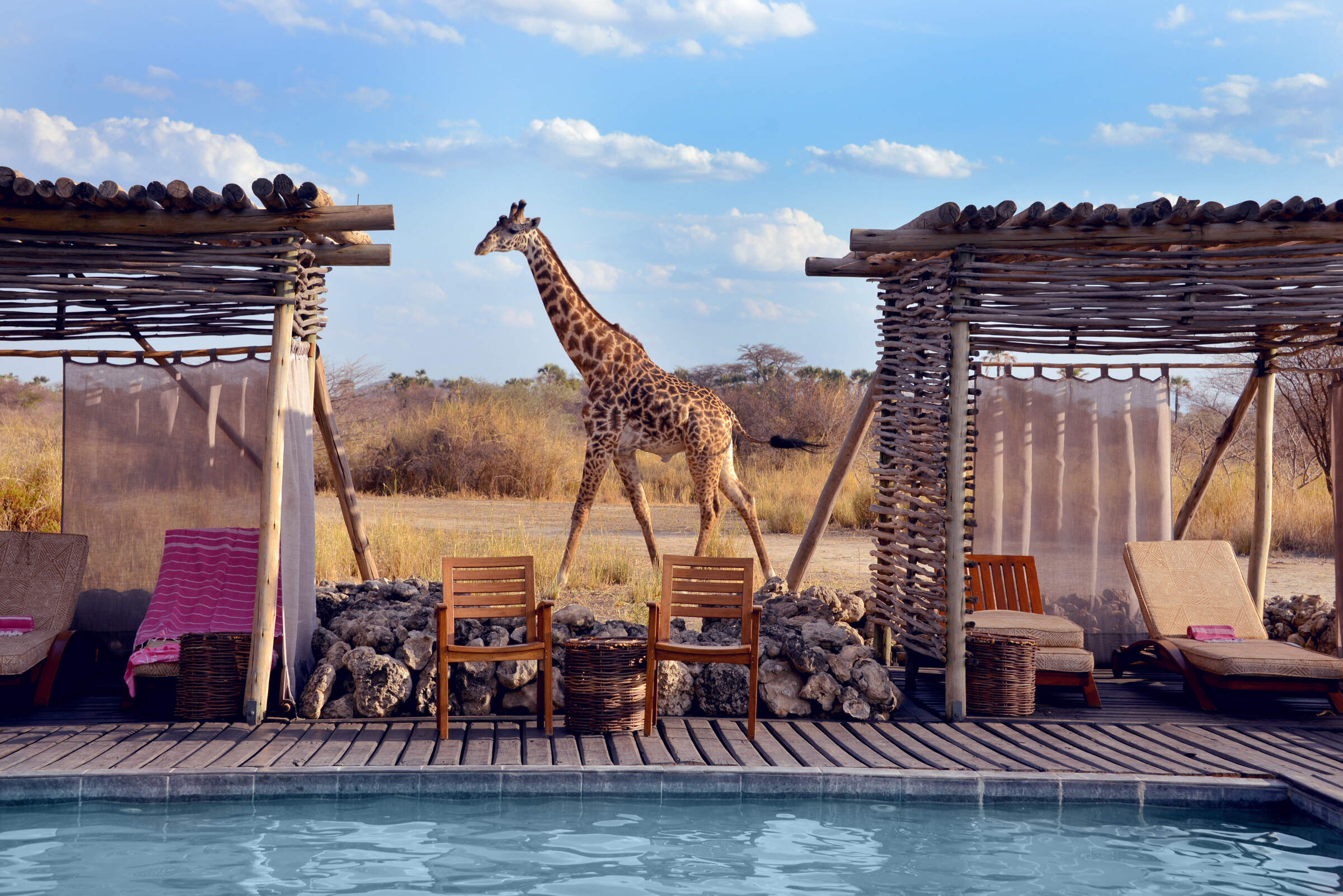
Luxury safaris
First-class service, scenic vistas and unparalleled comfort await you during these carefully selected luxury holidays.
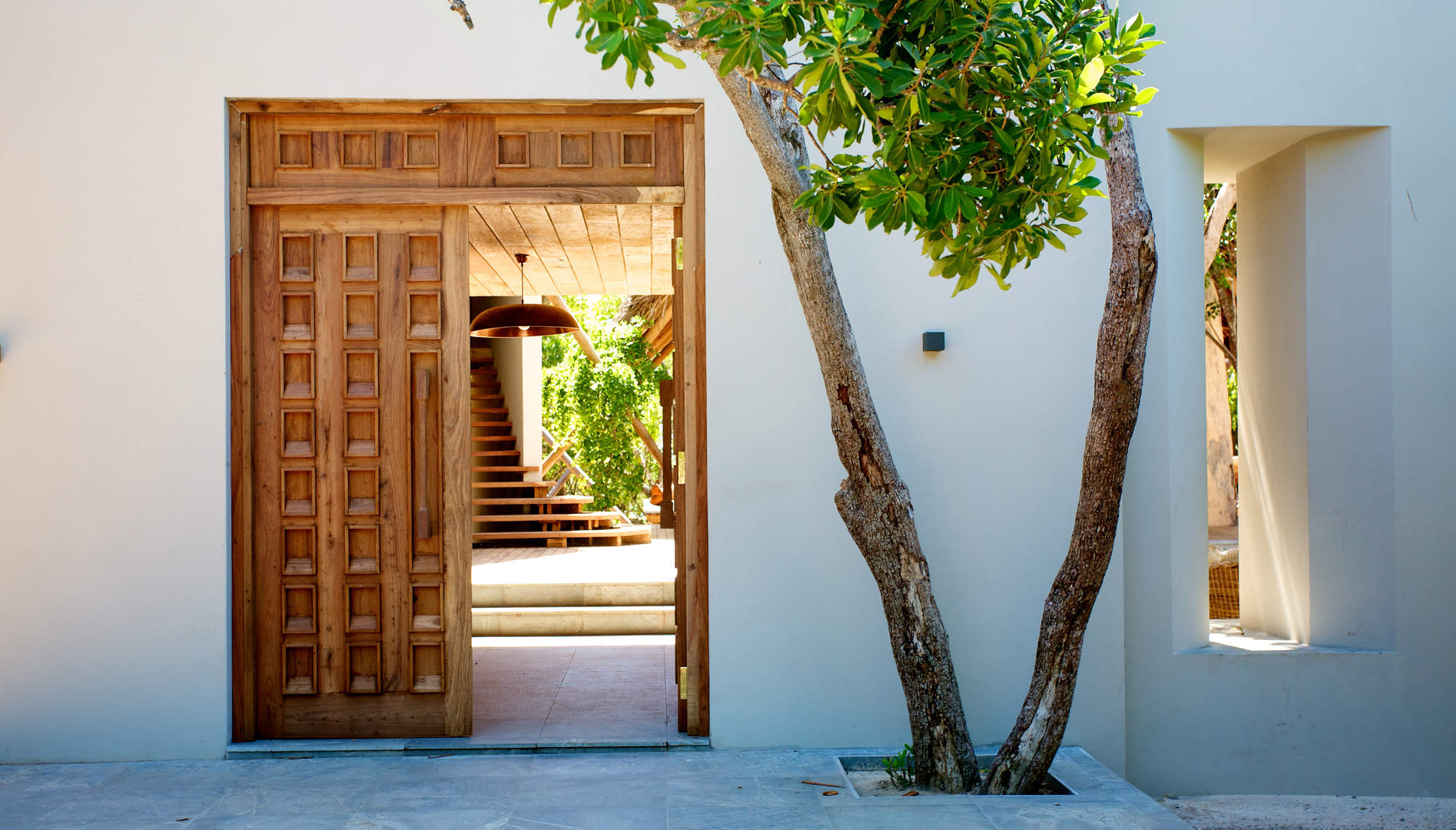
Private safari camps & lodges
Enjoy Africa with just your friends & family
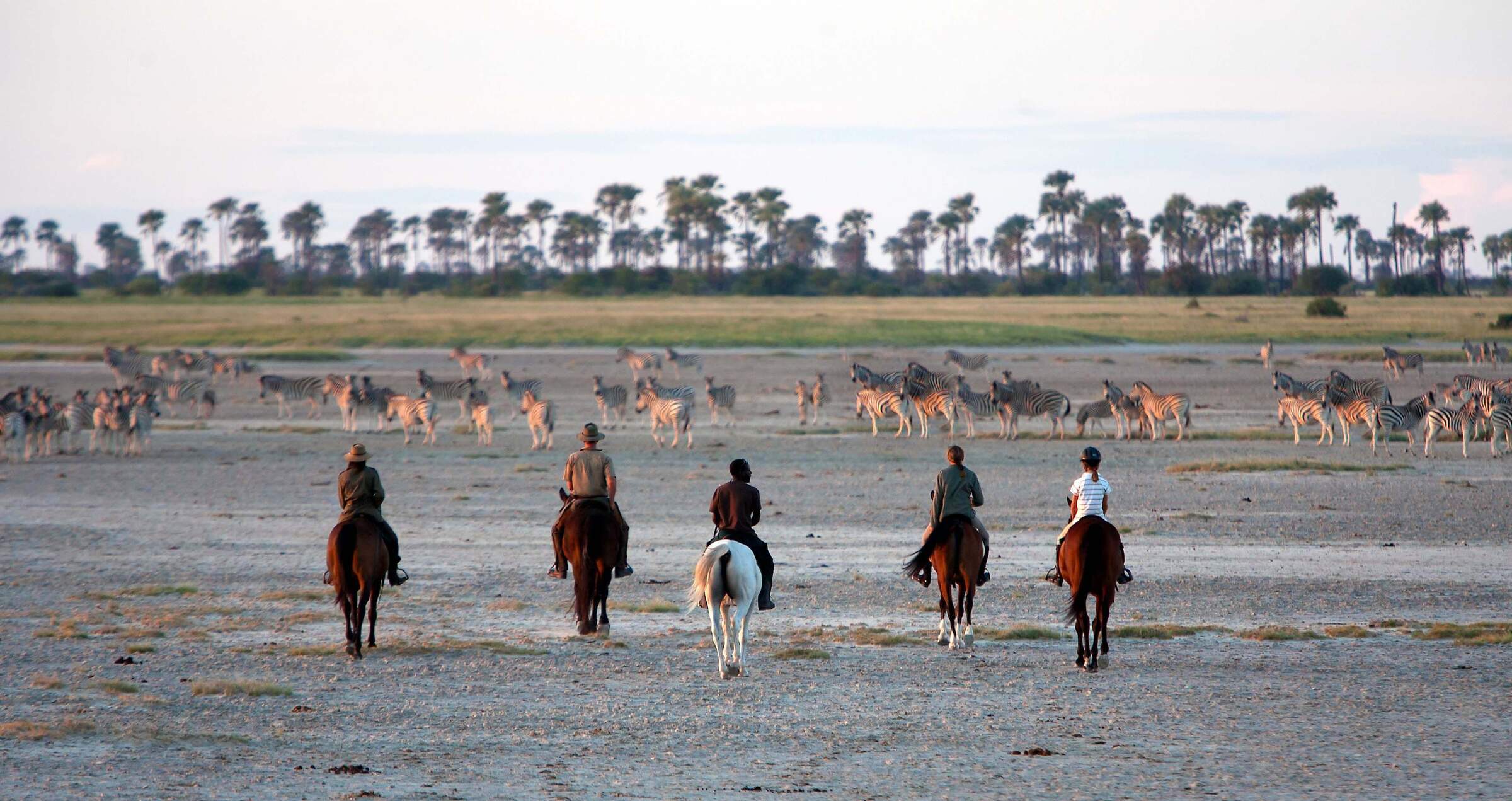
Riding safaris
Explore Africa's wilderness on horseback.
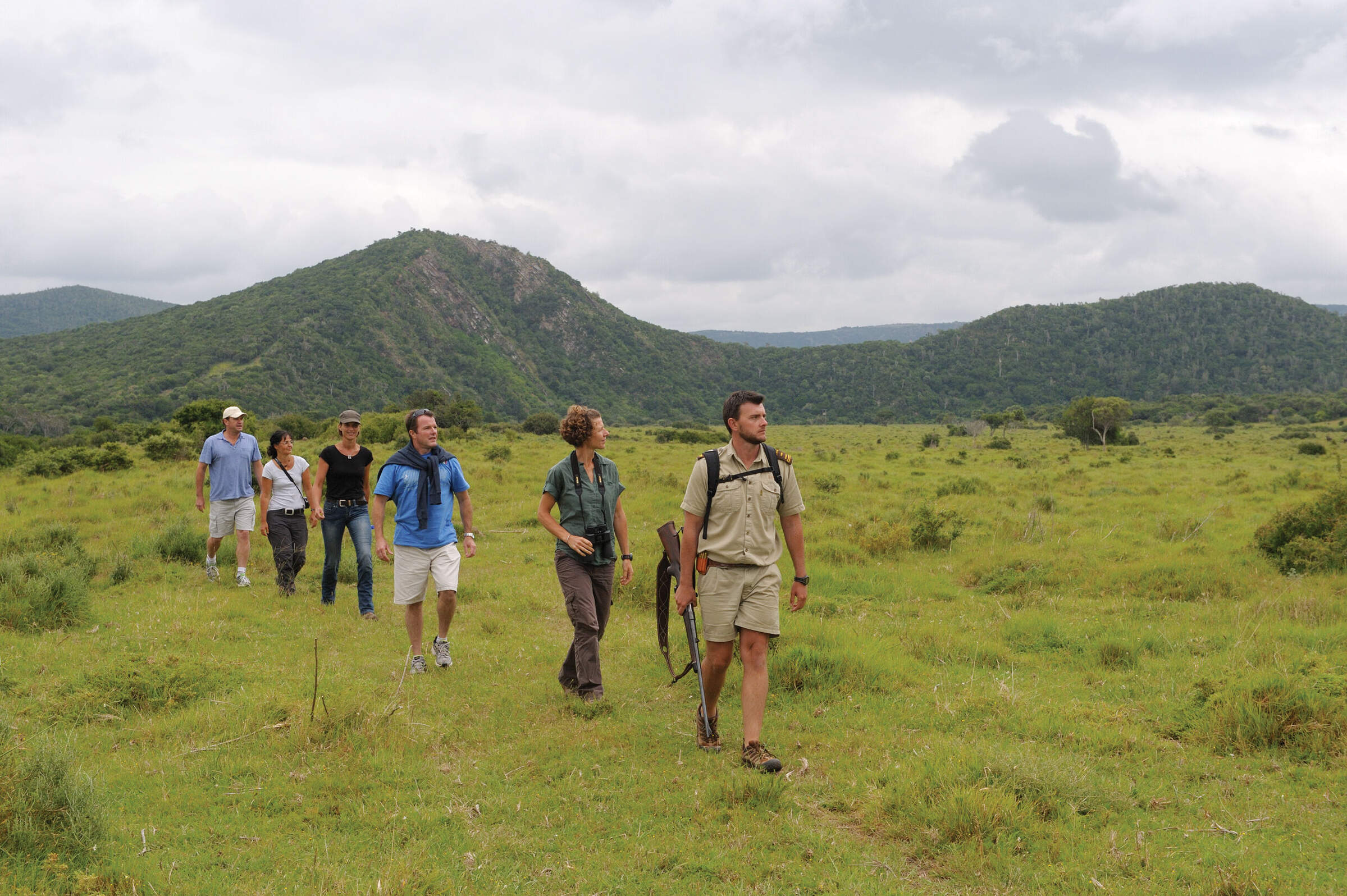
Scenic walking & hiking
Explore Africa's most scenic hiking trails on foot, with or without a guide.
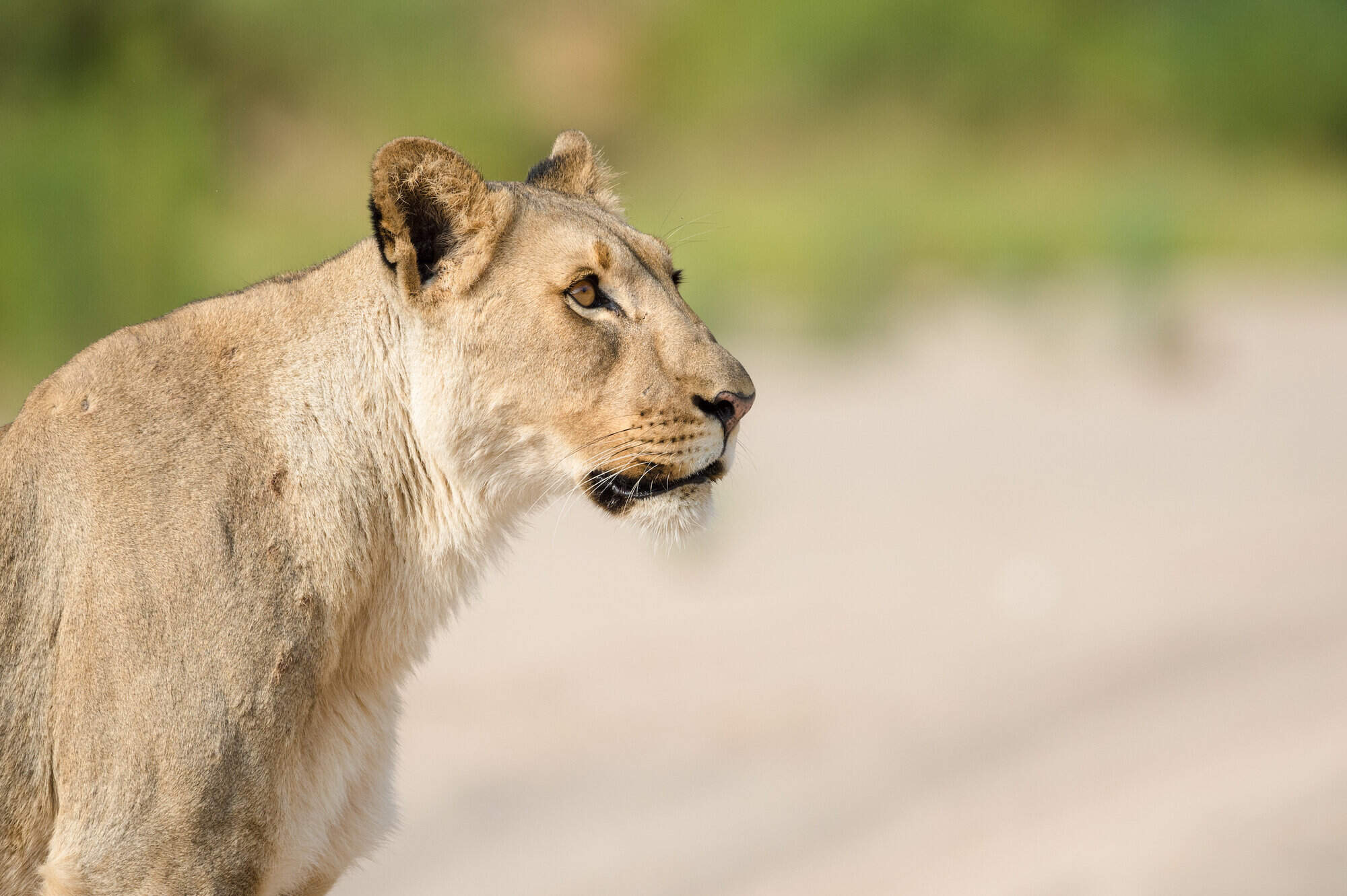
Wildlife safaris
These trips include incredible wildlife and elusive species, as well as superb guiding and a variety of diverse ecosystems.




